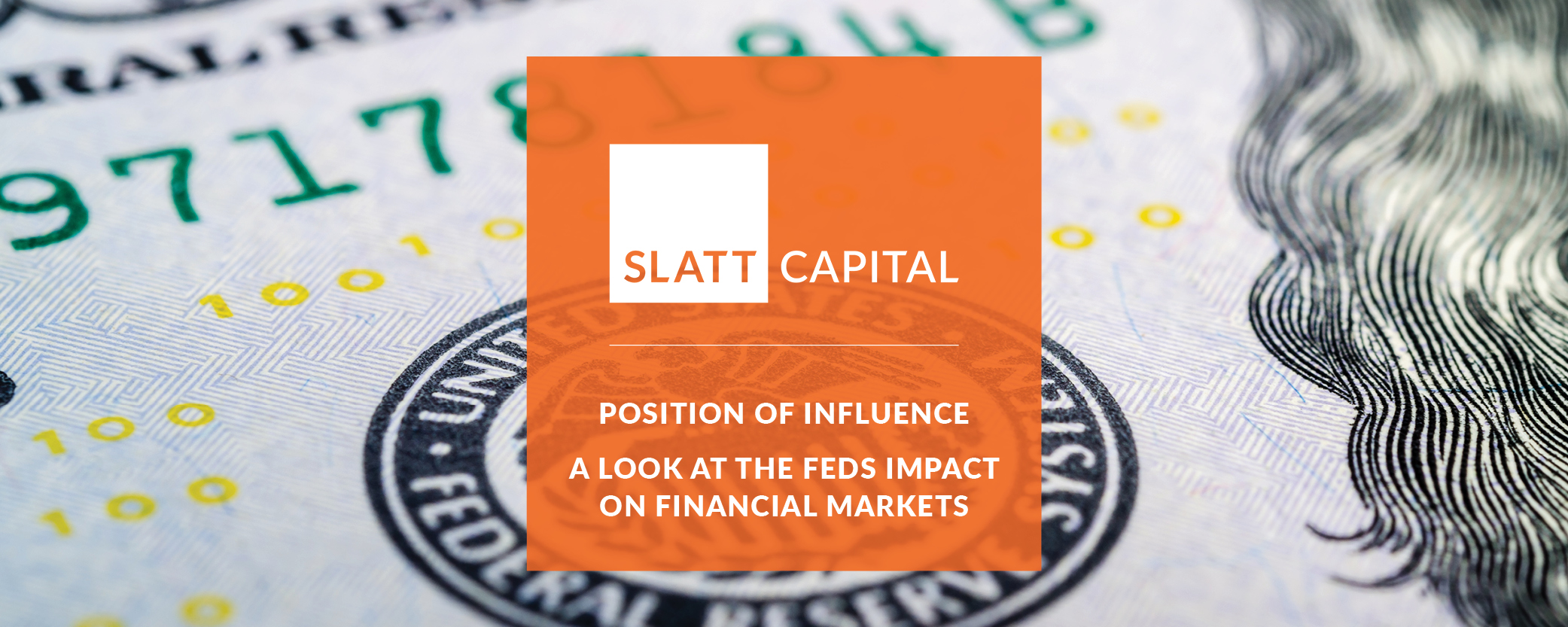
Position of Influence — A Look at The Feds Impact on Financial Markets
The dominant theme in 2022 for commercial real estate capital markets has been the increase in rates on loans from the record lows of the COVID pandemic in 2020-2021. While most of the attention has been focused on the Federal Reserve Bank’s six increases in the Federal Funds Rate, the actual mechanics of how this affects the real estate capital markets are a little less well understood.
The Federal Reserve Bank (Fed) has a dual mandate of low inflation and high employment. As we’ve all seen over the past year, inflation has caused prices to go up which has been most often seen at the grocery store and gas station. To help tame the highest inflation in the US since the late 1970s, the Fed has increased the Federal Funds Target Rate (FFTR) six times so far during 2022.
The current FFTR rate is 3.75 – 4.00% from the last 75 basis point (bps) increase from the November 2 FOMC meeting. Despite the press coverage of the FFTR signifying it being the actual rate, this is just a “suggestion” of the rates that banks charge each other. So how is the actual rate that banks charge each other, called the Effective Federal Funds Rate (EFFR), actually determined?
To help guide the pricing for the EFFR, the Fed has additional lesser-known, but very powerful tools at its disposal:
- Overnight Reverse Repurchase Agreement Award Rate (ON RRP) – The rate that banks receive when they lend money to the Fed overnight. Usually priced at 5-10 bps above the bottom of the FFTR and is 3.83% as of December 7th. Since the borrower is the US government, this is considered risk-free and sets the bottom boundary for the EFFR since there’s no reason to lend below that rate to another bank.
- Discount Rate – The rate the Fed charges for banks to borrow overnight. This is usually at the top end of the FFTR range and is 4.00% as of December 7th. Since a bank can borrow from the Fed at this rate, it effectively sets a ceiling on the EFFR.
By setting the ON RRP and Discount Rates within the range of the FFTR, the Fed helps banks establish their cost of capital. As an example, the current EFFR is the range of 3.83 – 4.00% and is a marked increase from the beginning of 2022 when it was in a range from 0.00 – 0.25%. These increases are then factored in by the banks to determine the rates they charge borrowers as their cost of capital increases.
In controlling the FFTR, ON RRP, and Discount Rate, the Fed is able to affect short- and long-term interest rates, foreign exchange rates, and the availability of money and credit. These actions will also have an effect on the overall economy in terms of employment, production, and prices of goods and services. While this is admittedly a simplified version of how the Fed helps set interest rates for the economy, hopefully this provides a quick version of how it can affect the financial markets through its actions.
Simon Yu
Commercial Mortgage Banker
D: 415.872.0903
simon.yu@slatt.com